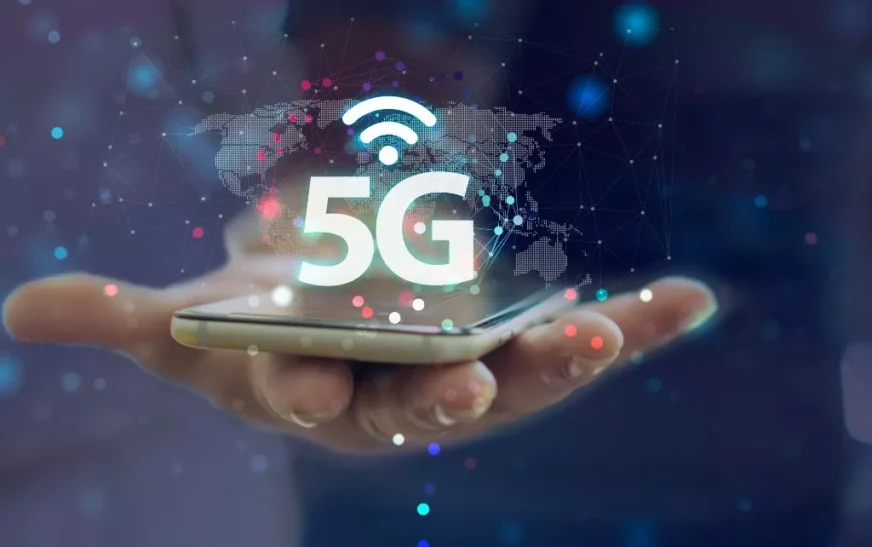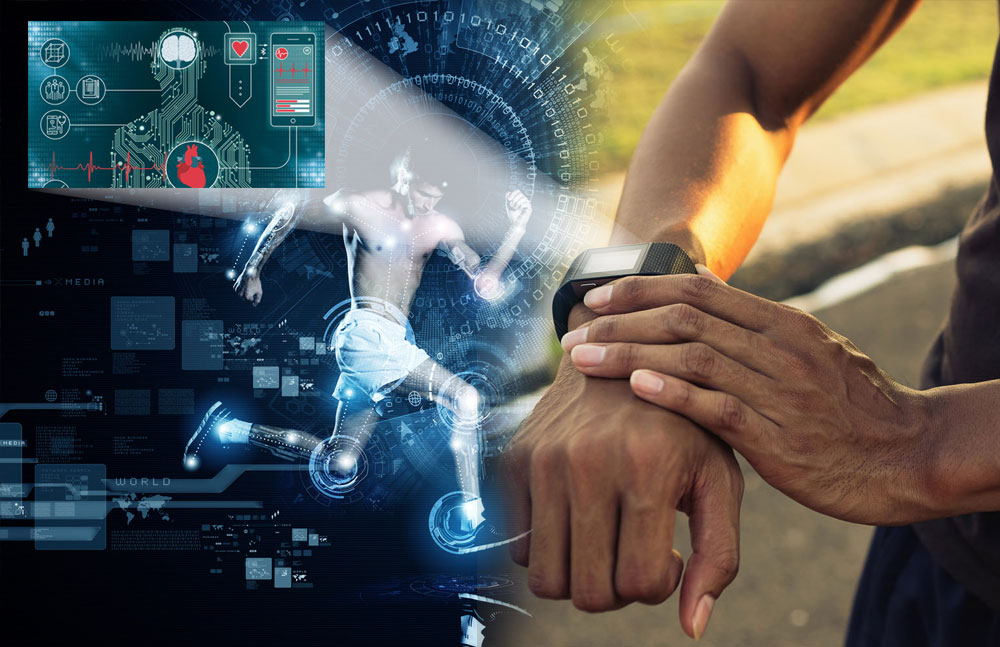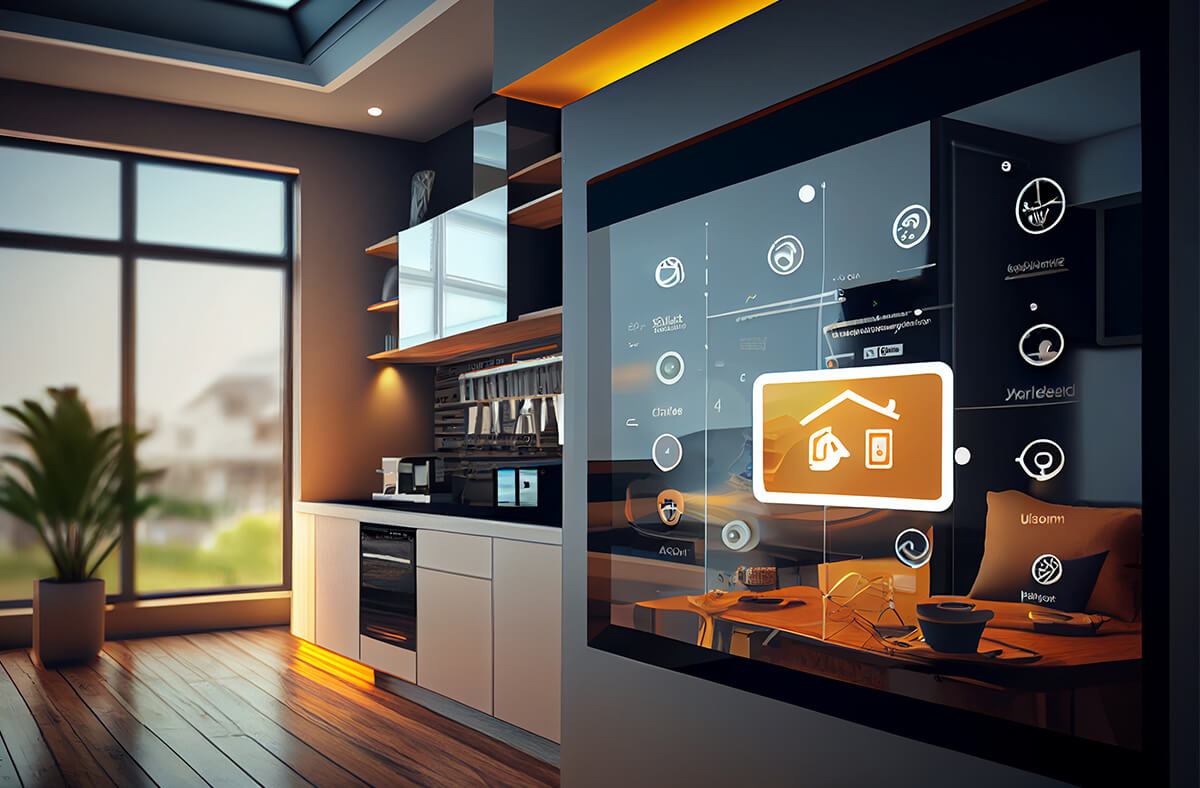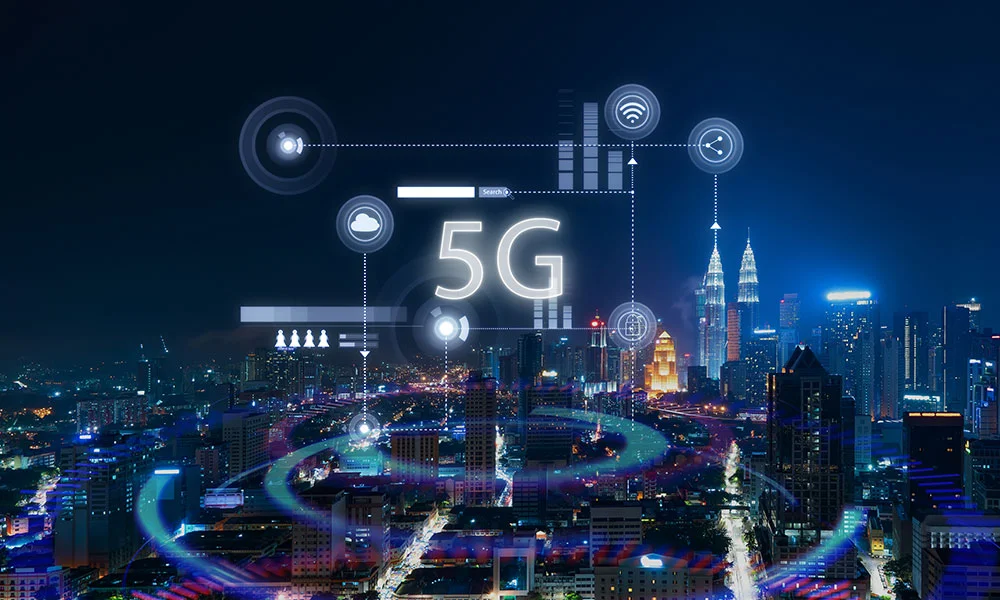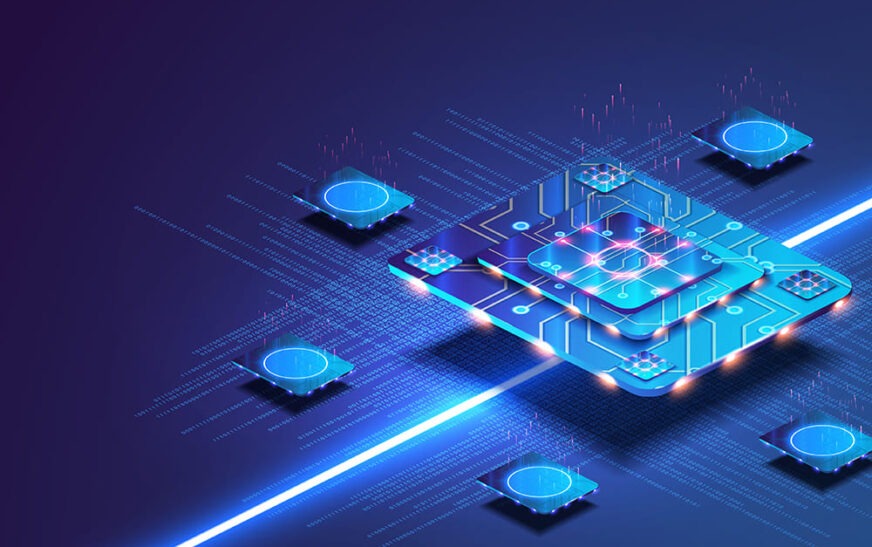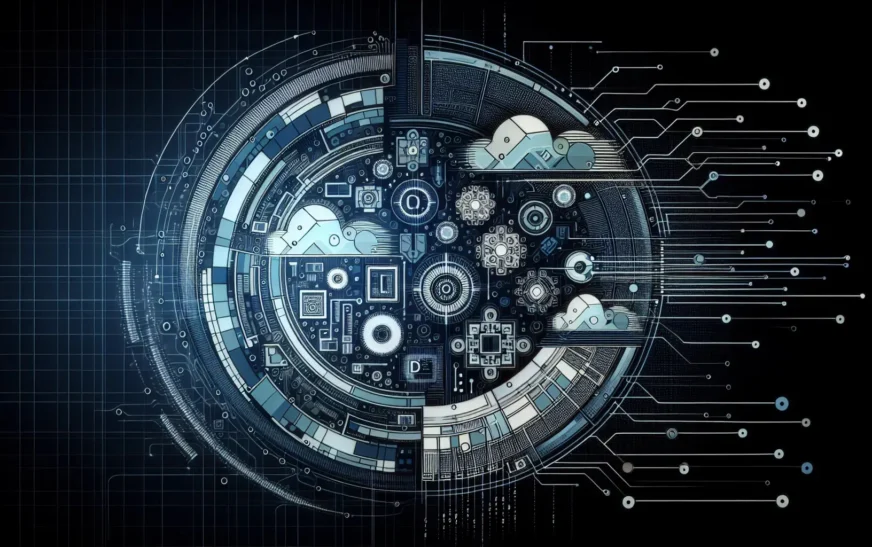The digital landscape is evolving at an unprecedented pace, and at the forefront of this revolution is 5G technology. Imagine a world where your devices connect faster than the blink of an eye and data streams seamlessly without lag. This isn’t just a dream—it’s becoming our reality as we step into the next era of connectivity.
From smart cities to autonomous vehicles, 5G promises to unlock new possibilities that were once considered science fiction. As networks upgrade from their predecessors, we’re not only getting faster speeds but also more reliable connections capable of supporting countless devices simultaneously.
Join us on this journey as we delve into what makes 5G so groundbreaking and how it’s set to transform our lives in ways we’ve yet to fully comprehend. The future is here—and it’s powered by 5G technology!
The Evolution of Wireless Technology
Wireless technology has come a long way since its inception. The first generation, 1G, offered basic voice calls with limited clarity and reliability. As demand for mobile communication grew, so did the innovation.
With the introduction of 2G in the early ’90s, text messaging became possible. This was just the beginning of our growing reliance on wireless connectivity.
3G followed soon after, enabling faster data transmission and opening doors to mobile internet access. Suddenly, streaming music and browsing websites on-the-go was feasible.
Then came 4G LTE, which transformed our digital experience entirely. It brought about high-speed internet that supports HD video streaming and online gaming without interruptions.
Now we stand at the brink of something even greater—5G technology promises not only speed but also reduced latency and enhanced capacity to connect more devices than ever before.

What is 5G and How Does it Work?
5G is the fifth generation of wireless technology, designed to enhance mobile broadband. It promises faster speeds, lower latency, and greater connectivity than its predecessors.
At its core, 5G operates on a complex network of radio frequencies. This includes low-band frequencies for wide coverage and high-band frequencies that deliver super-fast data over shorter distances.
The magic lies in small cells—miniature base stations that handle more connections simultaneously. These cells are strategically placed to ensure robust service across urban areas and dense populations.
MIMO (Multiple Input Multiple Output) technology also plays a crucial role. By utilizing multiple antennas at both the transmitter and receiver ends, MIMO dramatically increases capacity and speed.
With this combination of advanced technologies, 5G opens up exciting possibilities for devices to communicate seamlessly with each other. The potential impact on industries is immense—from healthcare to transportation—revolutionizing how we connect today.
Advantages of 5G Technology
5G technology brings unprecedented speed to our devices. Imagine downloading a full-length movie in seconds instead of minutes. This transformation empowers users and businesses alike.
Latency is another significant advantage. With 5G, the delay between sending and receiving data shrinks dramatically. Real-time applications like gaming or virtual reality benefit immensely from this rapid response time.
Moreover, 5G supports more devices per square kilometer compared to previous generations. Cities can become smarter as sensors connect seamlessly, enhancing everything from traffic management to energy efficiency.
Enhanced reliability is also a key feature of 5G networks. They provide consistent connectivity even in crowded environments where older technologies struggle.
Improved energy efficiency makes 5G an eco-friendly choice for communication infrastructure, fostering a sustainable approach as we embrace advanced connectivity solutions.
Challenges and Concerns Surrounding 5G
As with any technological leap, 5G comes with its own set of challenges and concerns. One major issue is the infrastructure required to support it. Massive investments in new towers and equipment are necessary for widespread deployment.
Another concern revolves around health implications. Many people worry about potential risks associated with increased exposure to electromagnetic fields. While studies have shown that 5G is generally safe, the debate continues among various groups.
Additionally, the security landscape shifts dramatically with 5G technology. Its complexity opens doors for cyber threats and vulnerabilities that could exploit interconnected devices.
There’s the digital divide to consider. Not everyone has equal access to high-speed internet, which could exacerbate existing inequalities as society moves towards a more connected future. This imbalance raises questions about inclusivity in an increasingly digital world.
Real-World Applications of 5G
5G technology is a game changer across various industries. Its high-speed connectivity opens doors to innovations we once only dreamed about.
In healthcare, remote surgeries are becoming feasible. Surgeons can operate on patients thousands of miles away with precision and minimal latency.
Smart cities are emerging as another exciting application. Traffic lights that respond in real-time to congestion can optimize flow and reduce accidents.
Entertainment also sees a boost from 5G. Streaming ultra-high-definition content seamlessly enhances user experience, making binge-watching even more enjoyable.
In agriculture, farmers utilize IoT devices connected through 5G for monitoring crops and livestock health efficiently. This leads to better yields and sustainable practices.
Augmented reality (AR) experiences gain traction in retail environments, allowing customers to visualize products in their own space before purchasing them. The potential is vast, shaping how we interact with the world around us.

The Future of 5G and Beyond
The future of 5G is bright and full of possibilities. As this technology matures, it will enable a seamless integration of the Internet of Things (IoT). Everyday objects will communicate effortlessly, enhancing convenience and efficiency.
Smart cities are on the horizon. Imagine interconnected traffic systems optimizing flow or energy grids managing consumption in real-time. The potential to streamline urban life is immense.
Healthcare will also leap forward with 5G. Remote surgeries could become common, improving access to specialists for patients in remote areas. Telemedicine can evolve into something truly transformative.
Entertainment may not be left behind either. With higher speeds and lower latency, virtual reality experiences could feel incredibly immersive. Gamers might find themselves stepping into worlds previously limited by bandwidth constraints.
As we embrace this revolution, collaboration across industries will drive innovation further than ever before. The journey has only just begun; many exciting advancements await us on the path ahead.
Conclusion: Embracing the Next Era of Connectivity
5G technology represents a significant leap forward in the world of connectivity. As we look ahead, it’s clear that this innovation is poised to reshape how we interact with our devices and each other. The possibilities are vast, from enhanced mobile broadband experiences to enabling smart cities and autonomous vehicles.
As challenges are addressed and concerns mitigated, the full potential of 5G will become increasingly evident. Industries across the board will benefit from faster data transfer speeds and lower latency, unlocking new opportunities for innovation.
Embracing 5G means not just adopting new technology but transforming how we live, work, and communicate. The next era of connectivity is here—exciting advancements await on the horizon as we step into a seamlessly connected future where boundaries blur between reality and digital enhancements.


